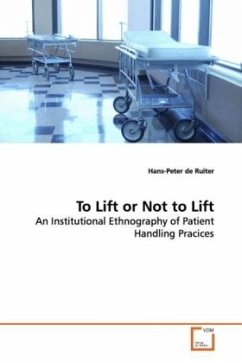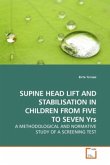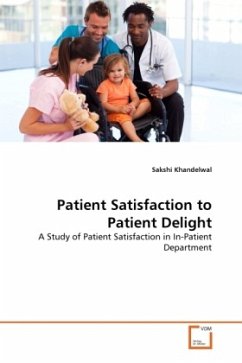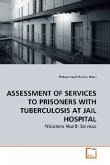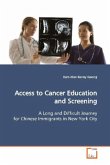The handling (lifting, mobilizing, moving etc) of
patients is an integral part of the work in
healthcare institutions. For obvious reasons, this
puts healthcare providers at risk for
musculoskeletal injuries; furthermore the risk of
such injuries has been
considered an inherent part of care work. In the
last decade a concerted effort has been made to
decrease (with the goal of eliminating) caregiver
injuries by implementing safe patient handling
programs. Despite these efforts, healthcare
providers continue to be exposed to the risk of
injury.This book provides a vivid description of a
study which examines why caregivers continue to be
exposed to the risk of injury. Rather than looking
solely at the caregiver, this study examines how
legislation, policies, procedural guidelines and
other institutional texts impact the everyday
practice of how patients are lifted and moved. The
findings of this study provide insights into the
problem of patient and caregiver injuries which are
not only new, but also thought-provoking and
refreshing.
patients is an integral part of the work in
healthcare institutions. For obvious reasons, this
puts healthcare providers at risk for
musculoskeletal injuries; furthermore the risk of
such injuries has been
considered an inherent part of care work. In the
last decade a concerted effort has been made to
decrease (with the goal of eliminating) caregiver
injuries by implementing safe patient handling
programs. Despite these efforts, healthcare
providers continue to be exposed to the risk of
injury.This book provides a vivid description of a
study which examines why caregivers continue to be
exposed to the risk of injury. Rather than looking
solely at the caregiver, this study examines how
legislation, policies, procedural guidelines and
other institutional texts impact the everyday
practice of how patients are lifted and moved. The
findings of this study provide insights into the
problem of patient and caregiver injuries which are
not only new, but also thought-provoking and
refreshing.

